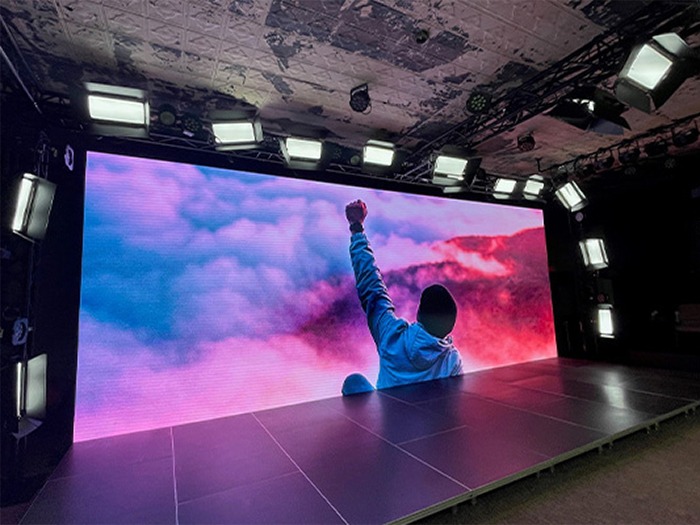Clarifying Light Emitting Diode Wall Screen Illumination Measurements aiming at Optimal Visual Functionality
Clarifying Light Emitting Diode Wall Screen Illumination Measurements aiming at Optimal Visual Functionality
Blog Article
LED panel screens have become more and more popular in different environments, including homes to businesses and public spaces. These screens are recognized due to their bright and vibrant displays, that render these suitable to communicating data, ads, as well as engagement. Nevertheless, comprehending brightness illumination levels for Light Emitting Diode panel screens is crucial to guaranteeing optimal display performance. Brightness is quantified using metrics known as candelas, that show the amount of luminosity produced by a screen. The higher number of quantity in candelas, the brighter the display is. For instance, instance, a panel with one thousand candelas stands considerably brighter than one featuring five hundred candelas, making this one better equipped in brightly lit environments.
As you selecting an LED wall panel, one becomes crucial in take into account which setting in that the screen will be placed. For well-lit illumined spaces, such as shopping malls or outdoor settings, a higher brightness rate is necessary to ensure visibility. Conversely, in darker environments, such as theaters or meeting spaces, lower diminished illumination level may suffice. This is because excessive brightness in a dark environment may lead in viewer discomfort among the audience, making it harder to focus on the display. Therefore, understanding the specific needs for an setup site will aid with selecting a suitable brightness level for optimal viewing experience.
A further crucial element for take into account the contrast differential proportion in the LED panel panel. This contrast ratio measures the difference between the brightest white versus the dark shade which a screen can produce. A greater differential ratio indicates the display can it is capable of present greater detail and depth, which enhances general visual clarity. For example, one panel with a contrast proportion at ten thousand to one is able to show images with more vivid colors and sharper details compared to a featuring a proportion of 1,000:1. This becomes especially crucial in instances where displaying images or motion graphics which demand high clarity and fine details, including next page slideshows or promotional content.
Additionally, the technology behind Light Emitting Diode panel screens plays a crucial part in the illumination as well as total performance. Different types in LED technologies, such as OLED as well as LCD, have distinct traits that affect how luminosity is experienced. Organic Light Emitting Diode screens typically provide better differential as well as deeper blacks, which may improve the viewing experience within dim settings. Conversely, traditional LED screens might be more suitable in well-lit environments due to the capacity to produce greater amounts of brightness. Understanding such tech-related variances can help consumers in making knowledgeable decisions based on their individual requirements.
Finally, consistent care and calibration for Light Emitting Diode wall screens may help maintain ideal illumination and performance over time. Dirt as well as particles can build up in the surface, impacting the illumination as well as clarity of a display. Periodic cleaning and professional adjustment may ensure the panel panel operates in its optimal, providing uniform visual quality. Moreover, certain advanced Light Emitting Diode panel panels feature Check This Out with built-in options which enable users to adjust illumination settings and hue adjustments according to individual preferences. By implementing these measures, users will guarantee that LED LED panel screens deliver an best visual efficiency, regardless of where environment in which these are used.